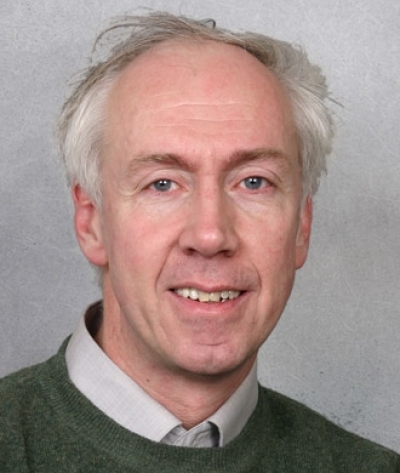Aarts Lab - Magnetic and Superconducting Materials
In the Aarts lab we combine or structure materials, mostly in thin film form, in such a way that the hybrid has different and novel properties or functionalities.
A good example is our work on combinations of superconductors and ferromagnets. It turns out to be possible to induce superconductivity in a ferromagnet over very long length scales using the mechanism of ‘odd-frequency s-wave triplet formation’. For this we concentrate on the growth and use of CrO2, which is a ferromagnet with full spin polarization, as a platform for various devices. Using selective area growth, we can fabricate nanowires for various types of experiments [1]. In this part of the group we also work on a p-wave triplet superconductor, Sr2RuO4. In a collaboration with Kyoto University (Prof. Y. Maeno) we try to find signatures of half-flux quanta in micron-sized rings.
[1] A. Singh, C. Jansen, K. Lahabi, and J. Aarts (2016) High-Quality CrO2 Nanowires for Dissipation-less Spintronics, Phys. Rev. X, 6, 041012.
Another research line involves complex oxides. We are currenty studying the question whether the electron gas which forms at the interface between the two band insulators can be made magnetic. We have worked on SrTiO3 / LaAlO3 before, currently we are working on LaTiO3 in a collaboration with Twente University, where samples are fabricated with Pulsed Laser Deposition. We can also make samples by sputtering, for which we just installed a new off-axis sputtering system.
There are also several smaller projects which involve the fabrication of graphene for use in other hybrid structures, or work on particular superconducting properties of various materials.
The group has extensive facilities for thin film deposition (sputtering), for sub-micron structuring (electron beam patterning), for characterization (Xray, AFM), and for low-temperature measurements.
News
-
 Former scientific director physics remains active. ‘Through this role, I continue being part of the future.’
Former scientific director physics remains active. ‘Through this role, I continue being part of the future.’ -
 Rubicon grant for Remko Fermin: superconducting diodes for energy-efficient data centres
Rubicon grant for Remko Fermin: superconducting diodes for energy-efficient data centres -
 Leiden Physicists invent printable superconducting devices
Leiden Physicists invent printable superconducting devices -
 Aarts and Beenakker elected APS Fellow
Aarts and Beenakker elected APS Fellow -
 Superconductivity with a twist explained
Superconductivity with a twist explained -
 Nine Leiden projects awarded first NWO Science Diplomacy Fund
Nine Leiden projects awarded first NWO Science Diplomacy Fund -
 Aarts and Cheianov receive NWO Physics Projectruimte
Aarts and Cheianov receive NWO Physics Projectruimte


